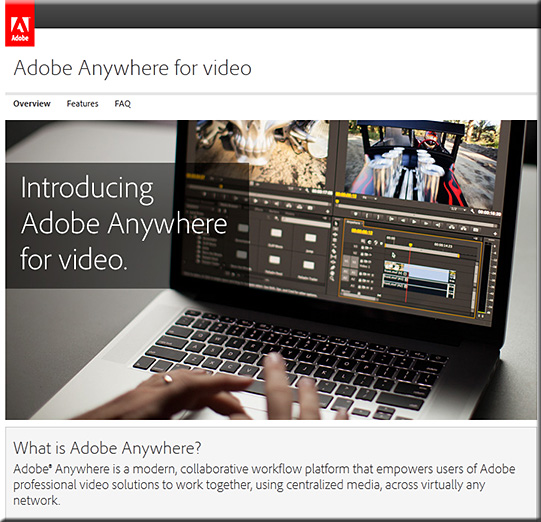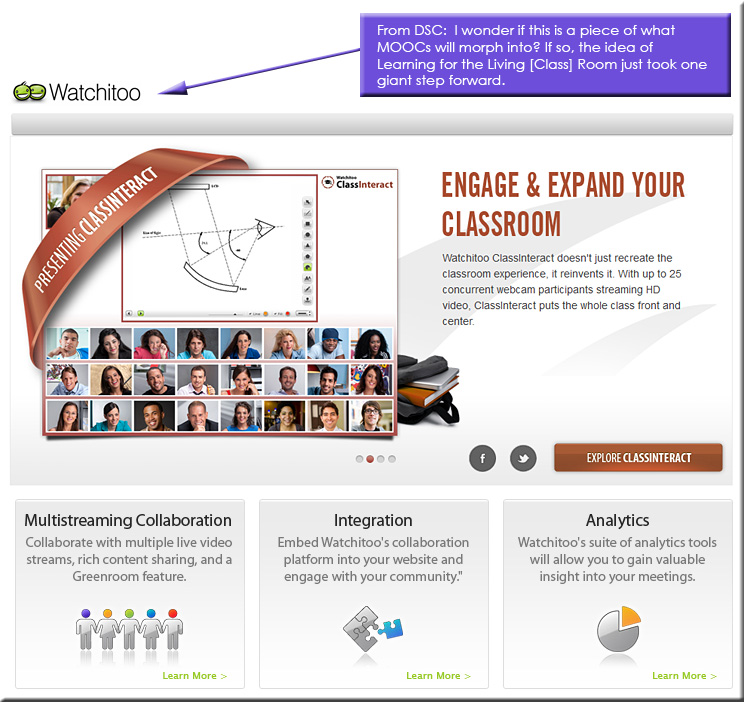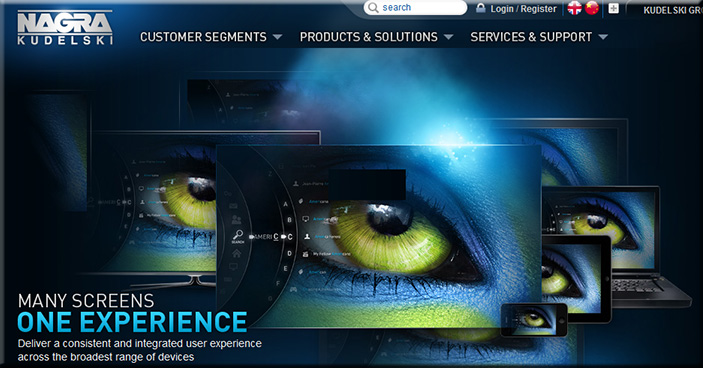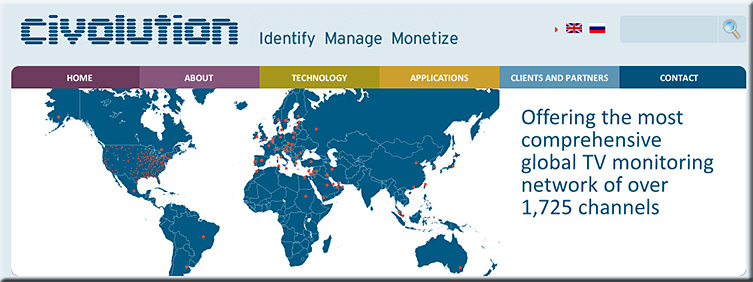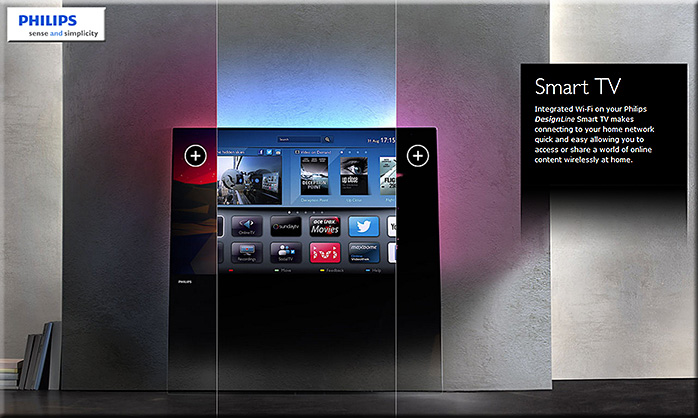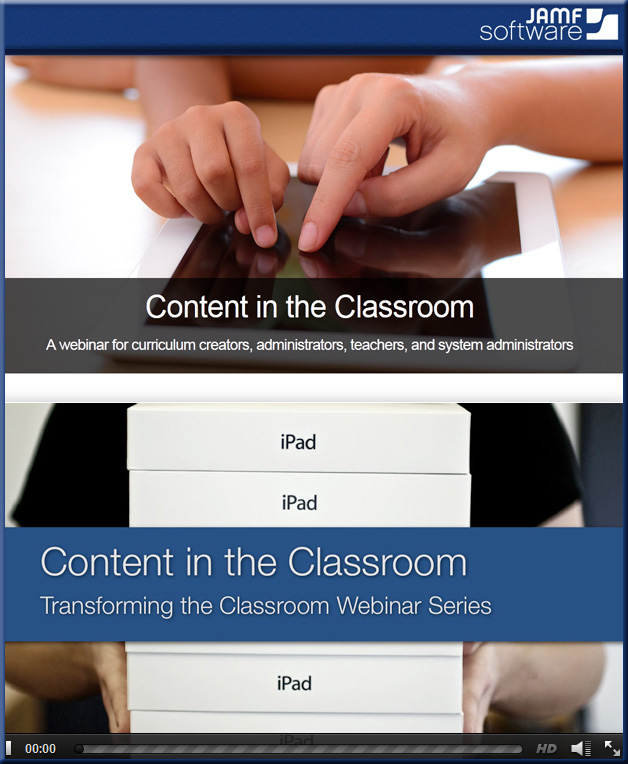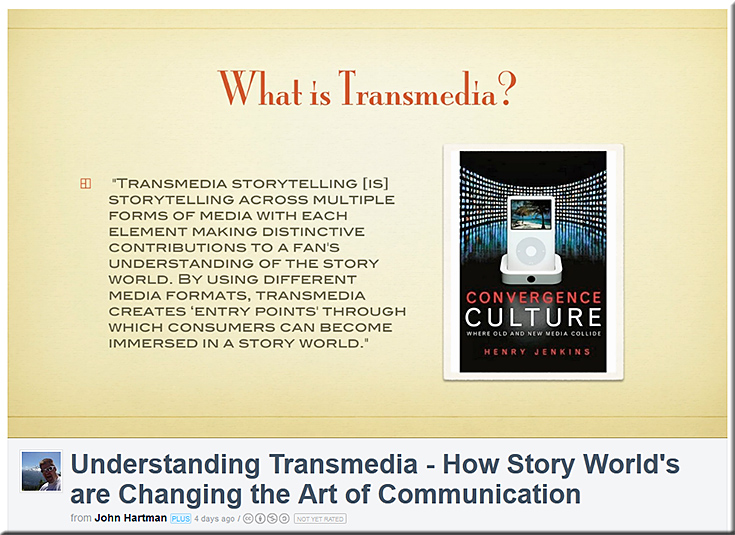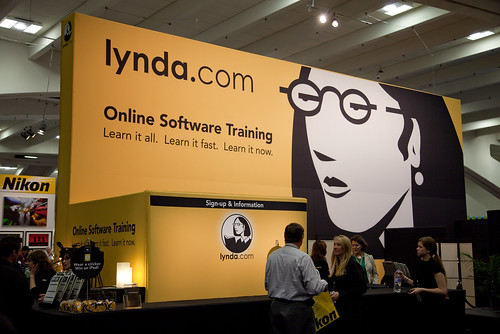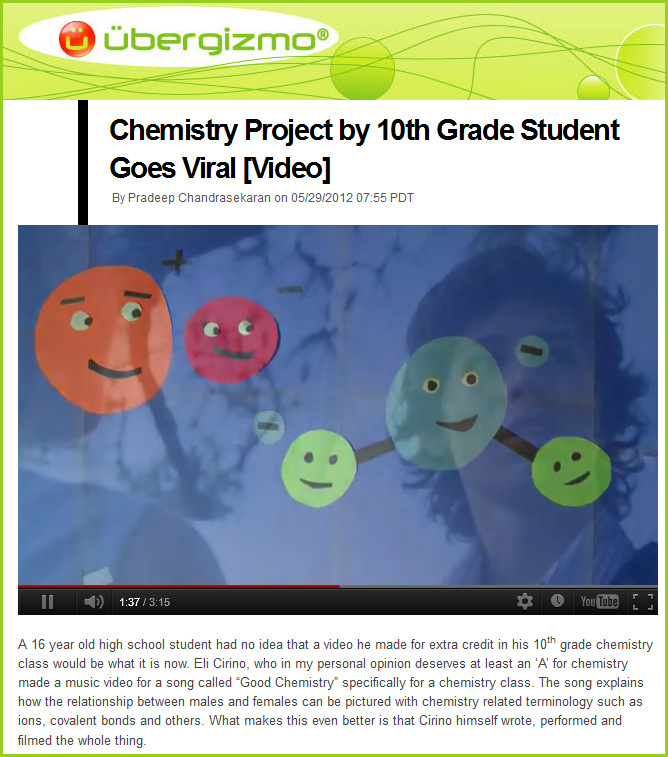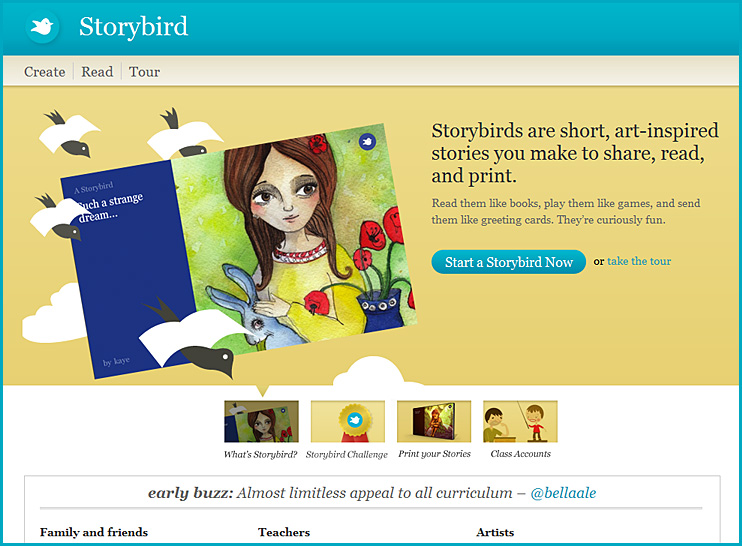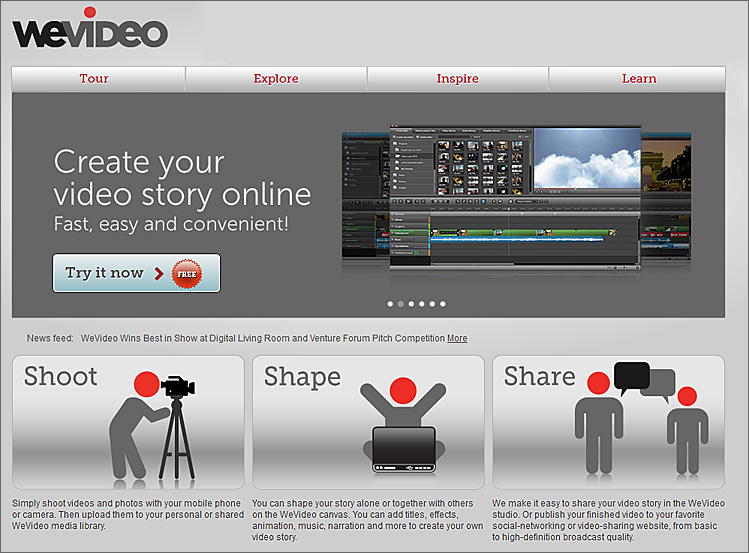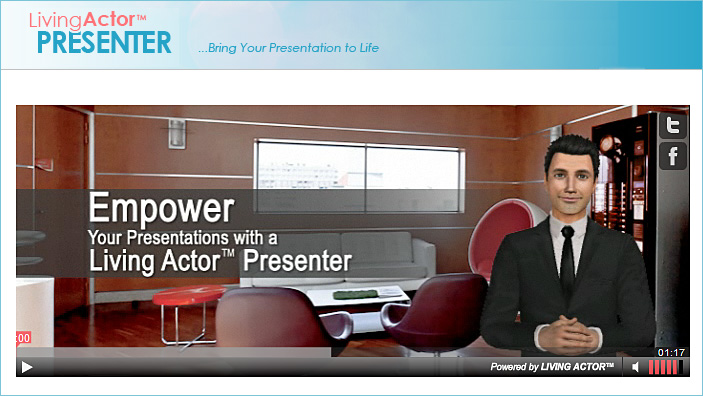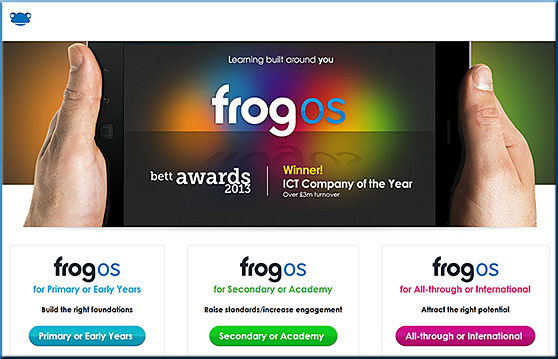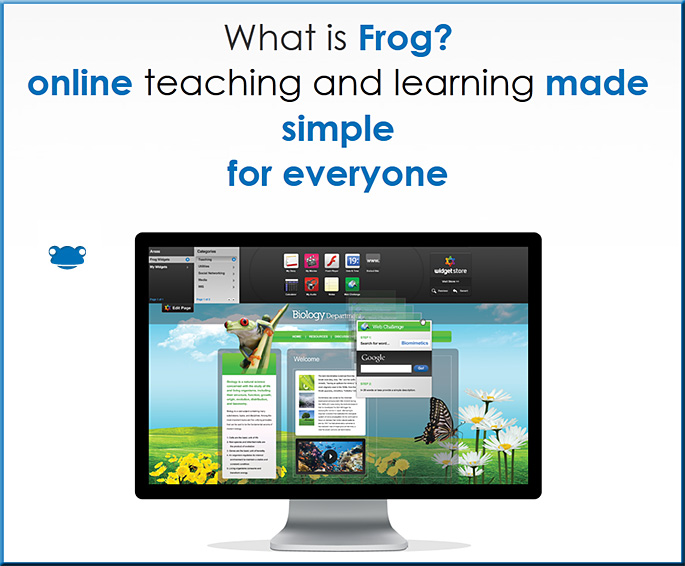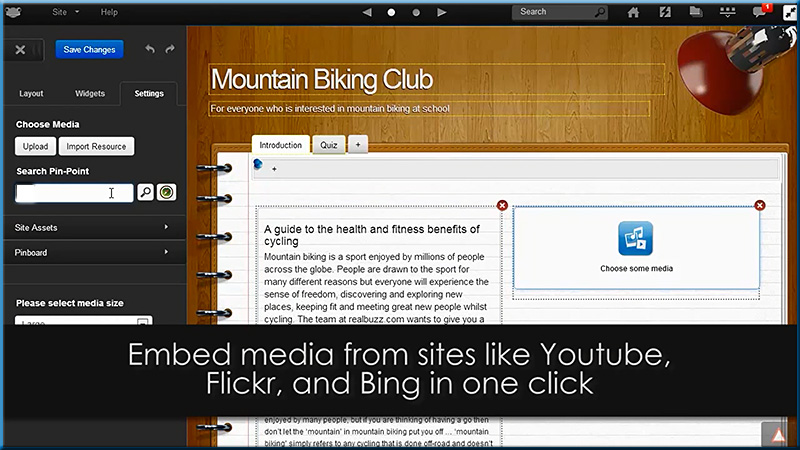Notes from DSC:
- Some of the material in this presentation or the website may not be appropriate for a younger audience.
- Notice how many potential jobs/roles/positions/skillsets can be explored here!
.
.
From DSC:
The word Bible is here not quite I think of as the Bible…but you’ll get the point if you review Gianluca’s presentation.
.
.
.
Questions from DSC:
- What opportunities might be presented by this type of trend within the worlds of education/training? (i.e. within K-12, higher ed, the corporate world)
- What sorts of streams of contents could be created for educational/training-related purposes?
- What sorts of open doors are now present within the world of communications? For a church, a school, a college, a business?
- How can we incorporate the use of story more effectively in our teaching and learning environments? (If we could do this, we could greatly increase our students’ ROI.)









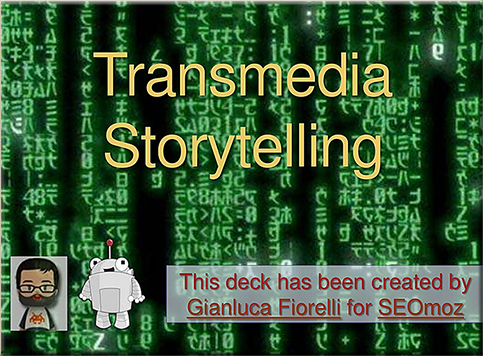
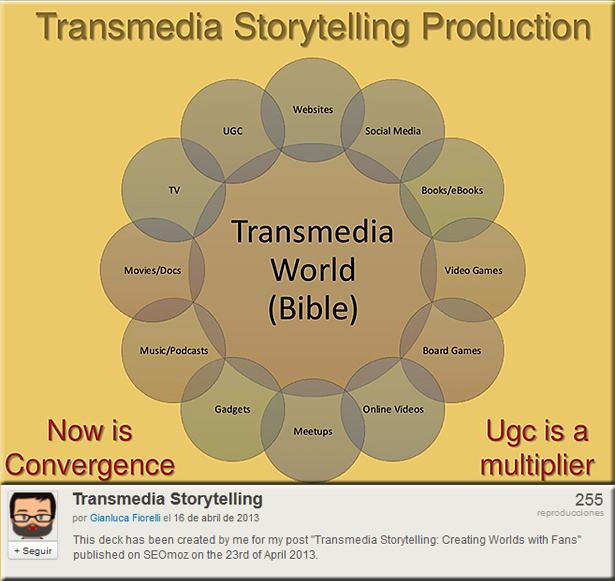
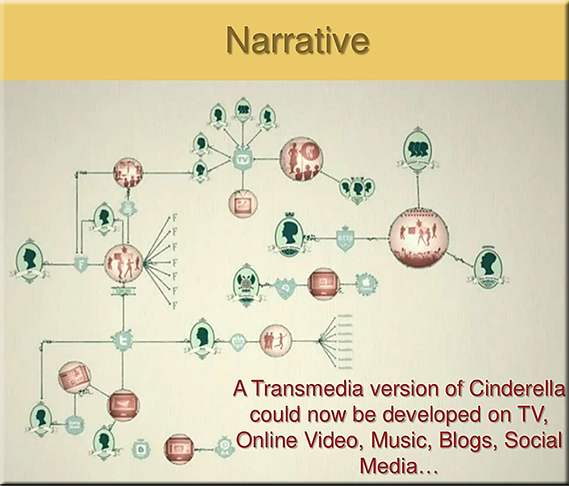
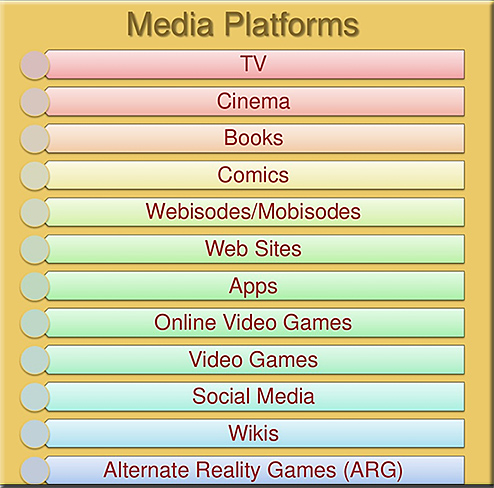
![The Living [Class] Room -- by Daniel Christian -- July 2012 -- a second device used in conjunction with a Smart/Connected TV](http://danielschristian.com/learning-ecosystems/wp-content/uploads/2012/07/The-Living-Class-Room-Daniel-S-Christian-July-2012.jpg)

